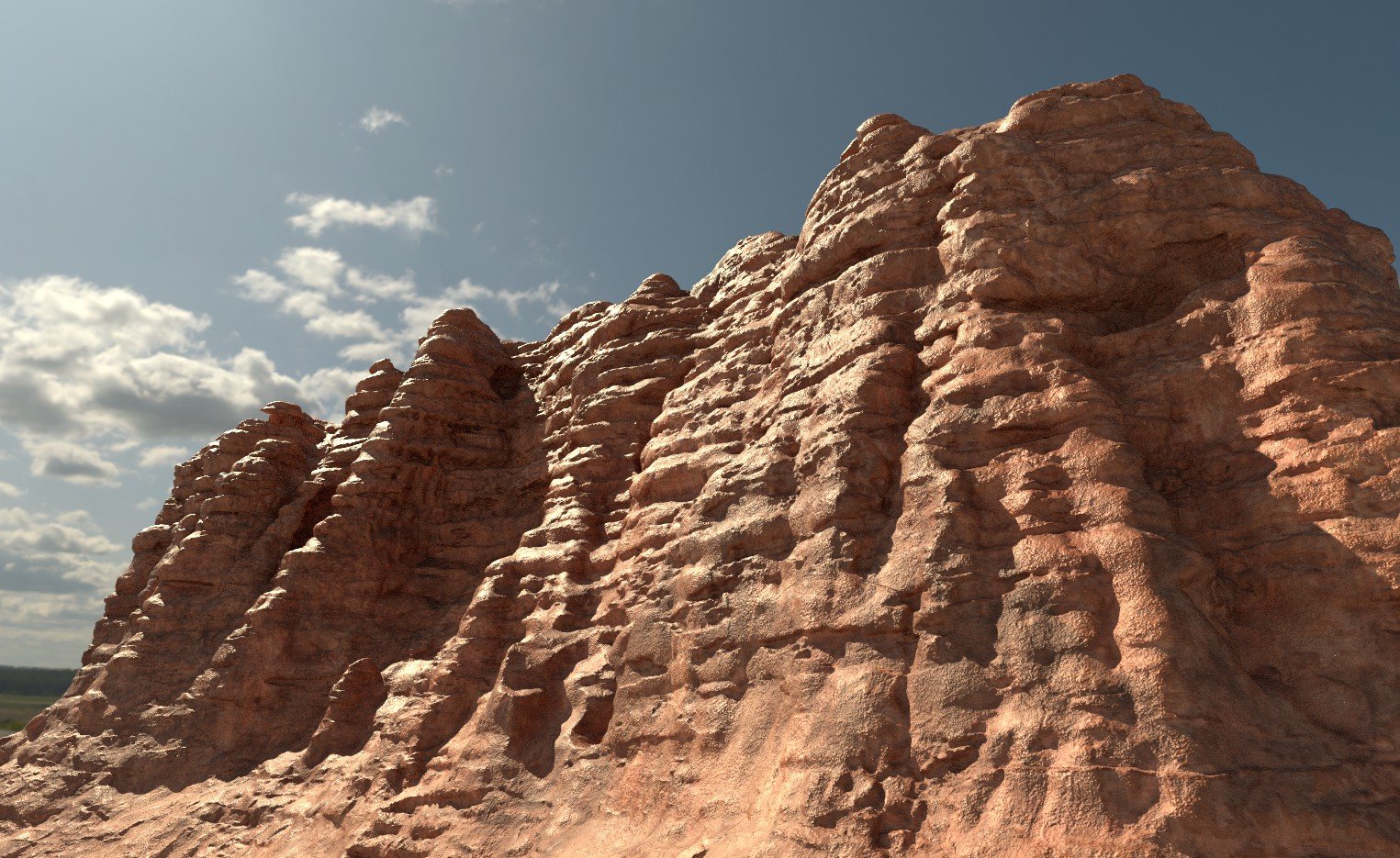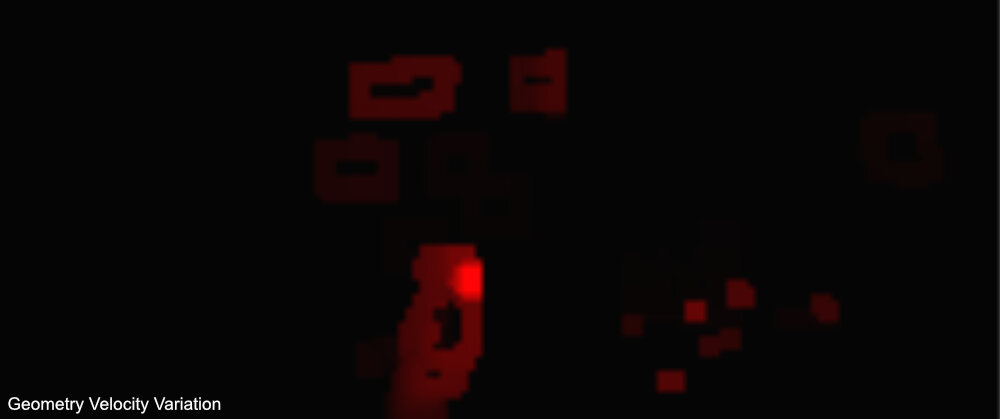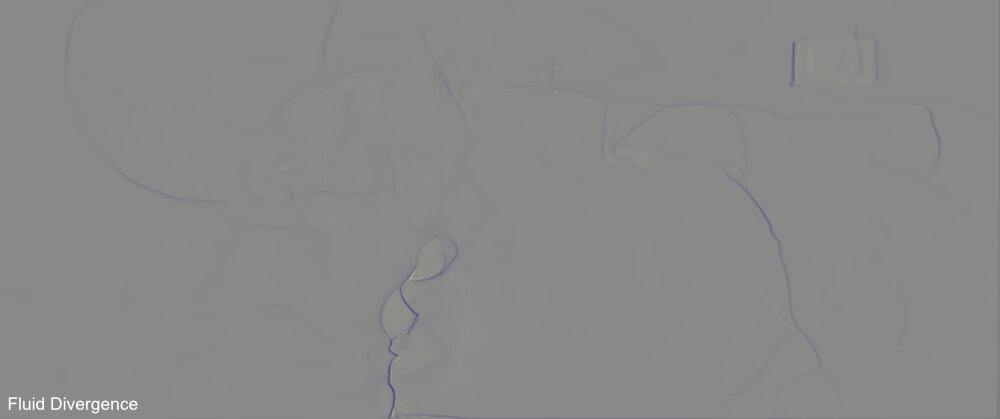I’m back with some new test renders coming out of nuke/davinci , trying to match the color grade from the original movie as well as try out a new lighting scenario more central to my short story.
I’ve also 3d printed some custom props! The Crysknife is unique to its wielder so I’ve decided to make a new custom unique design for my character.
The next prop was the paracompass, briefly seen in the film but important to have as part of the fremkit when traversing the deep desert.
The props will need to be painted soon which is one of my next steps after completing the stillsuit chest piece, more updates soon.





























